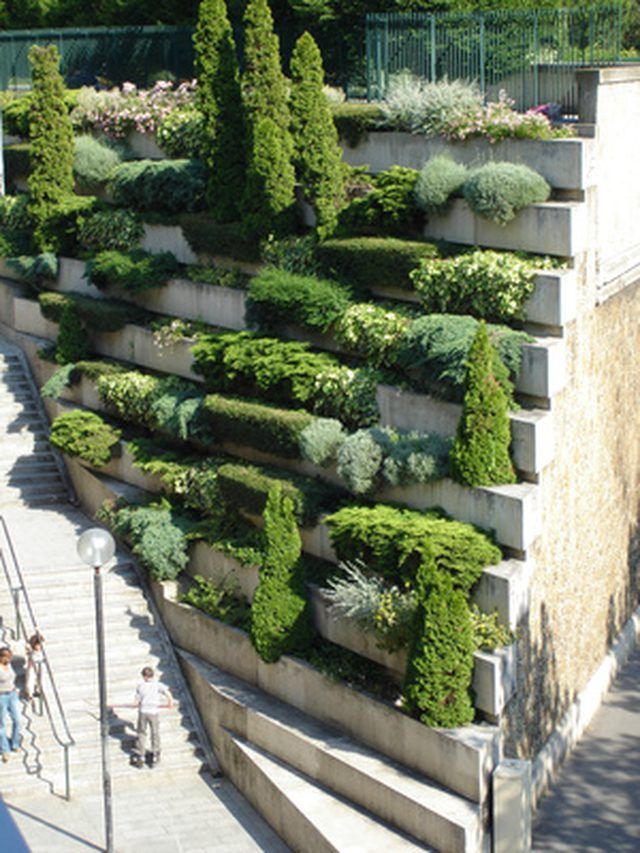Bulbs
Flower Basics
Flower Beds & Specialty Gardens
Flower Garden
Garden Furniture
Garden Gnomes
Garden Seeds
Garden Sheds
Garden Statues
Garden Tools & Supplies
Gardening Basics
Green & Organic
Groundcovers & Vines
Growing Annuals
Growing Basil
Growing Beans
Growing Berries
Growing Blueberries
Growing Cactus
Growing Corn
Growing Cotton
Growing Edibles
Growing Flowers
Growing Garlic
Growing Grapes
Growing Grass
Growing Herbs
Growing Jasmine
Growing Mint
Growing Mushrooms
Orchids
Growing Peanuts
Growing Perennials
Growing Plants
Growing Rosemary
Growing Roses
Growing Strawberries
Growing Sunflowers
Growing Thyme
Growing Tomatoes
Growing Tulips
Growing Vegetables
Herb Basics
Herb Garden
Indoor Growing
Landscaping Basics
Landscaping Patios
Landscaping Plants
Landscaping Shrubs
Landscaping Trees
Landscaping Walks & Pathways
Lawn Basics
Lawn Maintenance
Lawn Mowers
Lawn Ornaments
Lawn Planting
Lawn Tools
Outdoor Growing
Overall Landscape Planning
Pests, Weeds & Problems
Plant Basics
Rock Garden
Rose Garden
Shrubs
Soil
Specialty Gardens
Trees
Vegetable Garden
Yard Maintenance
How to Landscape a Terraced Garden
How to Landscape a Terraced Garden. For impact, it is hard to beat a well-designed and well-maintained terraced hillside. The trees, shrubs and flowers towering above the viewer make the entire garden an impressive sight. When creating your terraced garden, select plants for their ability to hold the soil and improve the soil so it will absorb more...

For impact, it is hard to beat a well-designed and well-maintained terraced hillside. The trees, shrubs and flowers towering above the viewer make the entire garden an impressive sight. When creating your terraced garden, select plants for their ability to hold the soil and improve the soil so it will absorb more water. Use drip irrigation and water harvesting techniques that give the terraces adequate water without runoff. Add steps and paths allowing access the garden for maintenance. All of these practices will keep the terraces attractive and the plants healthy.
Plant Selection
Prostrate plants with deep, extensive root systems, such as creeping rosemary, planted at the front of terraces can hang over the walls. Behind them, colorful flowering perennials and shrubs with deep root systems, like ceanothus or California lilac, will hold the soil and add variety to the landscape. Trees and large shrubs planted at the back of the top terrace will hold the soil above the terraces and provide a backdrop for the other plantings.
Irrigation and Rainfall
Drip irrigation is the most appropriate way to irrigate terraced hillsides. It will deliver water to the root system without allowing runoff that could produce erosion. Sculpting the terraces with a small dip in the center will hold rainwater so it can soak in, reducing the need for irrigation. Areas where water runs off in heavy rains can be landscaped with rocks to slow runoff and reduce erosion. The top terraces will be dry, while lower terraces will get more moisture.
Soil improvements
Covering the soil with 3 to 4 inches of compost or aged manure and tilling it in before planting allows the organic matter to act as a sponge, absorbing and holding water that will be released to the plants when the weather is dry. It also makes more nutrients available to the plants. Organic mulches between plants, like shredded bark or vineyard mulch, are less likely to wash or blow away.
Access and Maintenance
The terrace landscaping will need regular maintenance. A narrow path along the back of each terrace with steps at one end will offer access. This path can be used to reach both the plants in the back of the terrace it is on and the front of the terrace above. If the terraces are more than 5 feet wide, stepping stones can be placed between the plants to provide access to the center of the terrace.